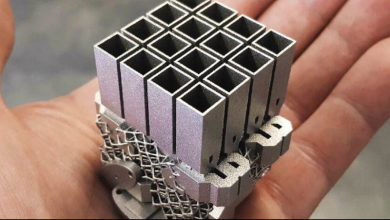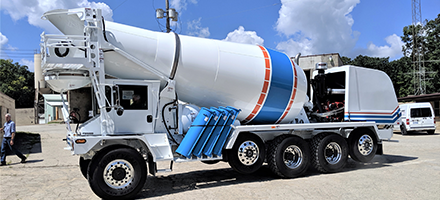Copyright once started as a protection for texts and drawings but has gradually shifted to the protector of all creative achievements that can be outlined in some way in any medium. And that includes a lot: a fragrance can also be protected by copyright. When you go through the 3D printing with Hydride Powder then you will be able to have the best deal here.

Copyright also applies to the appearance of utensils. This means there is an overlap with design rights. The limit for creativity is slightly higher than with design law, but not higher than with other types of copyright works. The requirement is that the object does not have a purely functional form. Functional aspects must be protected through a patent if that is possible given the strict requirements for novelty and inventiveness. Copyright must be about something creative, and function is at odds with creativity.
Copyright also applies to individuals, and not just to companies. But fortunately there is an exception in the law: it is permitted to make copies of protected works for strictly personal non-commercial use. This makes it possible to print three-dimensional objects protected by copyright. As long as they are not traded, there is no problem. A 3D print lab that only prints on order, and therefore does not the stock itself or advertises with specific components, could therefore be free of copyright infringement under this regulation. But a company or research institution cannot use this exception. He will have to request permission from the maker for each design to be printed.
Scanning of products
In addition to printing itself, there is another essential aspect for three-dimensional printing: how do you get a CAD file if the IE holder does not make it available himself? An option is to scan an original yourself. All kinds of products are available for this, from expensive laser scanners to an iPhone app.
Can I encounter an IP right (patents, models, brands and copyright) when scanning?
As a private person not fast. A scan does not make a new product but only a blueprint or photo of the product. This then has nothing to do with patents, design or trademark law. It is a copyright infringement to photograph work and therefore also to scan it, but that can be excused under the private copy exception. This also applies to reproductions in another form: whether you convert music from CD to MP3, or photograph or scan a three-dimensional art object, it is permitted for your own personal use.
Use of scanning device
A company that offers scanning services will also not be affected by intellectual property rights. A scanning device is a generic tool that scans everything that people put in front of it. This is difficult to conceive as an infringement of a specific intellectual property right. Perhaps there is a duty of care for such a company when they must know that structural and large-scale protected items are scanned. But with all discussions about copyright filtering and blocking obligations for internet providers, it would not surprise me if limits were to be set.
Another boundary is drawn by house law when a museum or business building must be entered for scanning. Under the right of ownership, a company or institution may set rules on what visitors can do with cameras. Even if there is no IP right on the objects in question. If photography is prohibited, the scanner must also remain in the bag.






